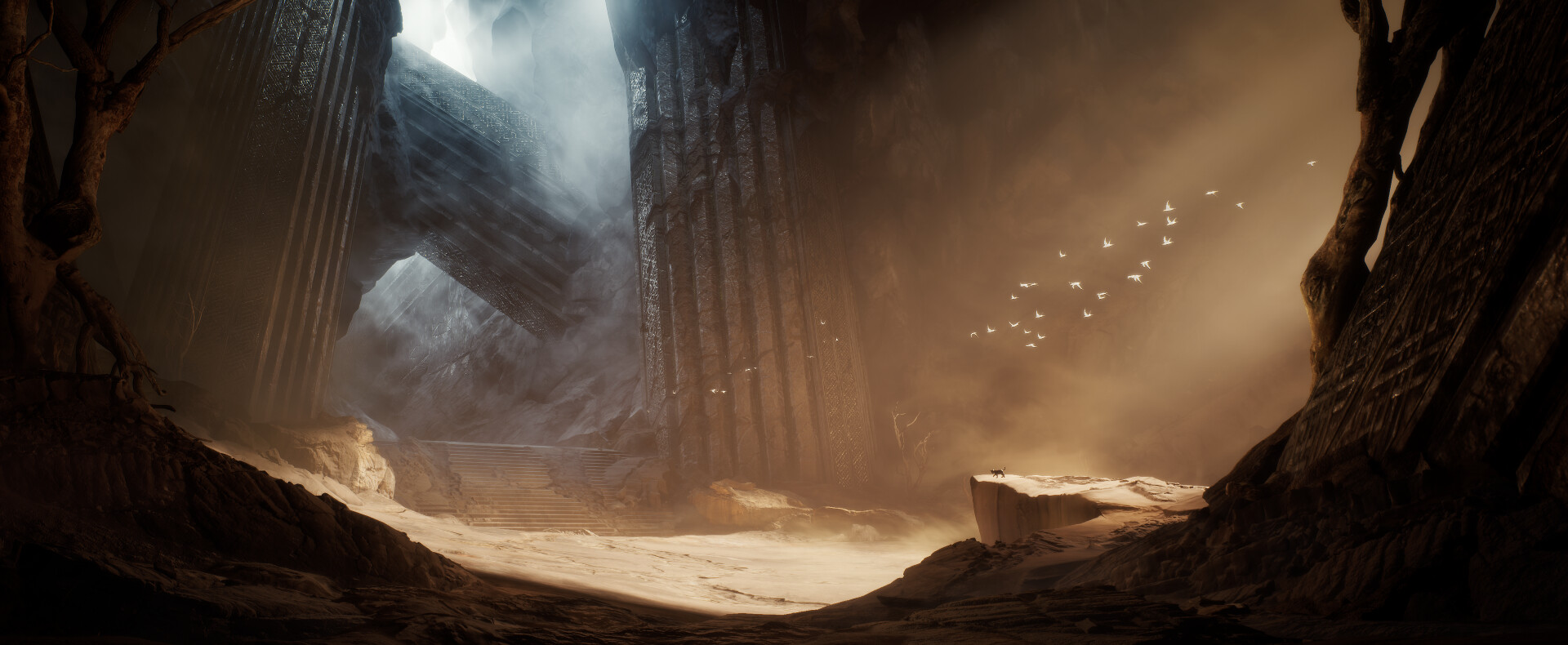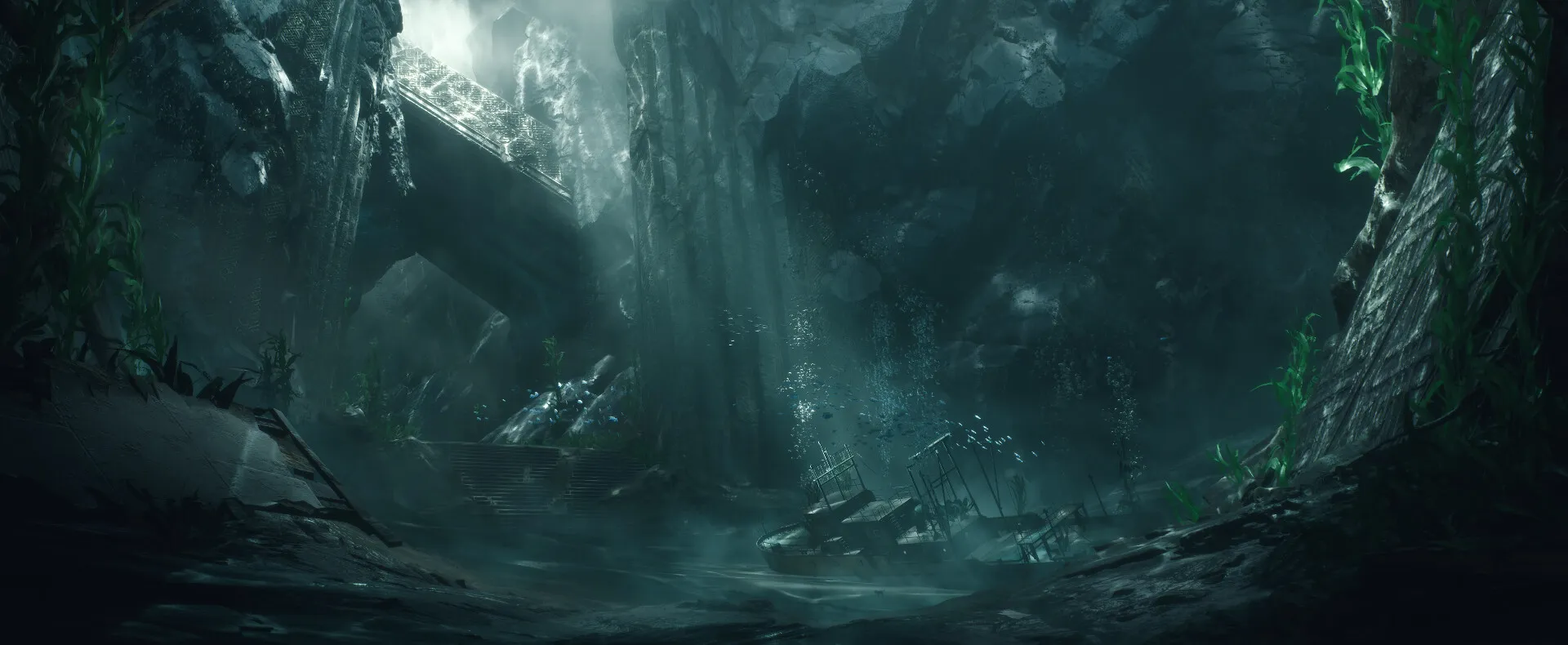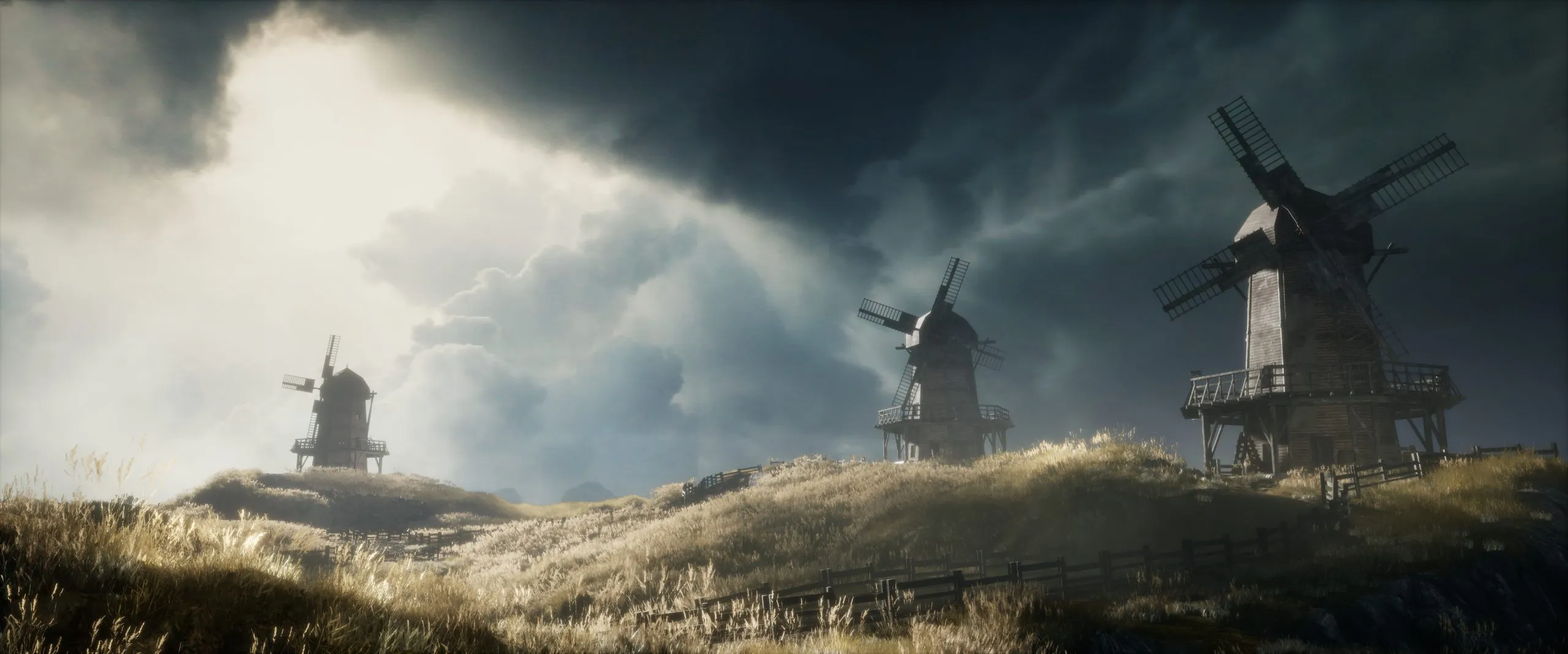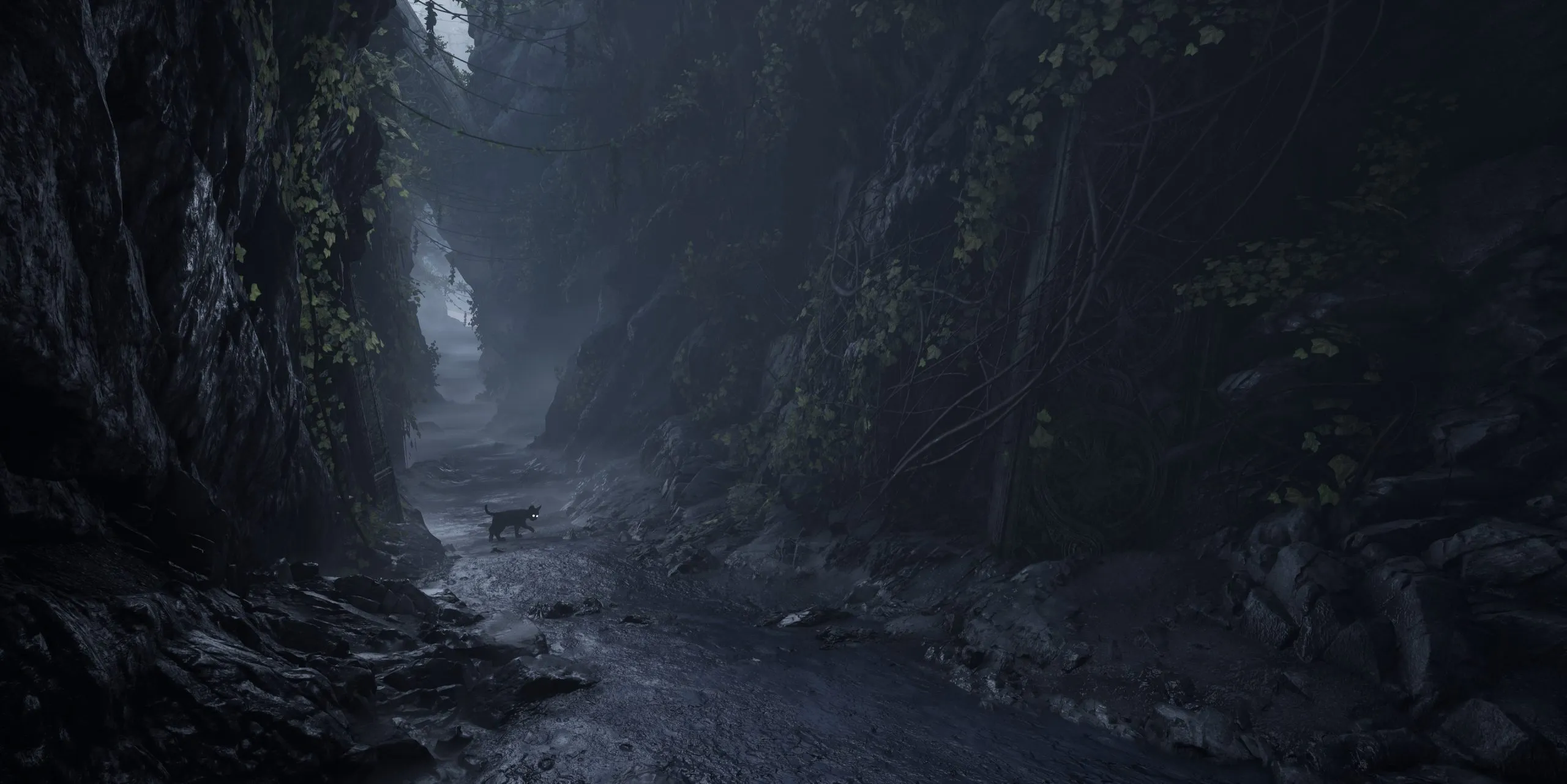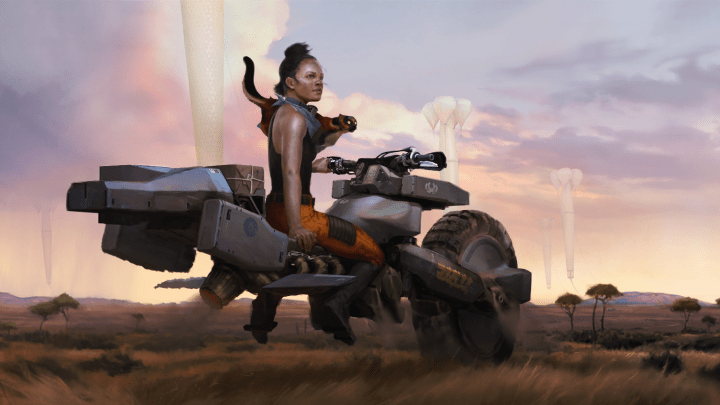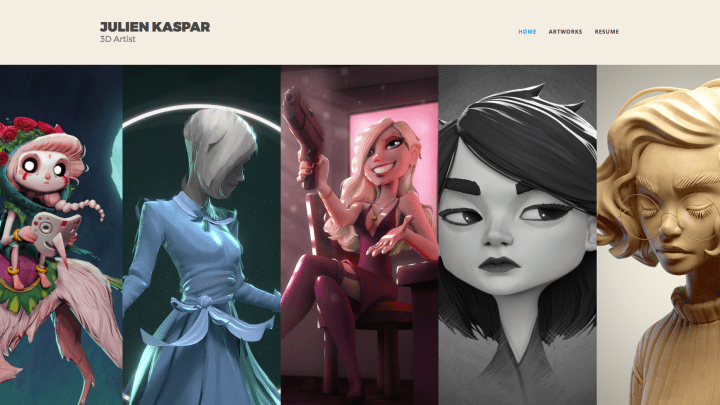Building a Cinematic Environment with Peter Tran
On ArtStation Learning, Lighting Artist Peter Tran walks through his process for building a cinematic environment in UE4. He covers in-depth topics such as composition and lighting to help you build an impressive establishing shot artwork.
Peter Tran is a Lighting Artist at Ubisoft Montreal. He is currently working on Rainbow Six Quarantine and previously worked on Hyper Scape and D&D Dark Alliance. With a strong background in traditional and digital 2D, Peter graduated in 3D art and animation to merge his love for illustration with game development. He firmly believes that lighting is one of the most crucial parts of conveying stories in any medium.
Behind the course:
Throughout 2020, I received many questions from students and friends about my personal projects. They were very curious as to how I tackle my lighting studies. While I try my best to reply with a proper answer, it’s hard to give a satisfying and fulfilling explanation with only a written message. This is why lately, I’ve put the effort into documenting and taking screenshots throughout a project to be able to share more valuable breakdowns and insightful tips. The process of taking these kinds of notes has become a part of every project.
My learning course is one of those organic breakdowns of a personal project rather than a conventional step-by-step tutorial. I think that when a tutorial is a by-product of making an artwork itself, it becomes easier to digest and understand.
In your course, you discuss the importance of thinking through one’s goals and process. Where has this approach helped you in your own career?
I’ve dealt (and still currently am dealing) with impostor syndrome, and I believe that understanding your own process of doing things really does help you cope with anxiety and self-doubt. Not understanding why you failed to do something is the perfect recipe to get the impostor syndrome. Tackling your work in a methodical approach rather than improvising is very important to steadily improve and not plateau.
In my case, it took me quite a while to get a grasp on using fog in my projects. I would be extra conscious as to how I separate my foreground from my middle ground and background with fogs and why it seemed convincing or not. After four to five projects of doing that, I became very confident with implementing depth into my scenes; it became second nature to me.
The most memorable learning experience of your career?
Realizing that I took on the habits of my mentors is exceptionally satisfying. Having that short moment in my head that goes ‘’oh yeah, my mentor would’ve done the same thing here’’ is quite shocking. In my opinion, it’s a sign that I grew up in some way. I hope someday I will be the one passing down my knowledge extensively as a mentor to other juniors and students.
1 piece of advice?
Make a lot of projects and practice a ton.
You should spend significantly more time practicing than watching tutorials. Watching every NBA game ever in your room wouldn’t make you a pro basketball player. Your first 10-20 projects might not look as satisfying to you but that’s fine! Be analytical about it and you’ll get better progressively if you work efficiently. Understand that those godlike professionals that you see on ArtStation probably have hundreds of unpublished not as good work that they’ve done in the past.
ArtStation Learning courses are included in all ArtStation premium subscriptions. Find out more >
See more of Peter’s ArtStation portfolio here.
